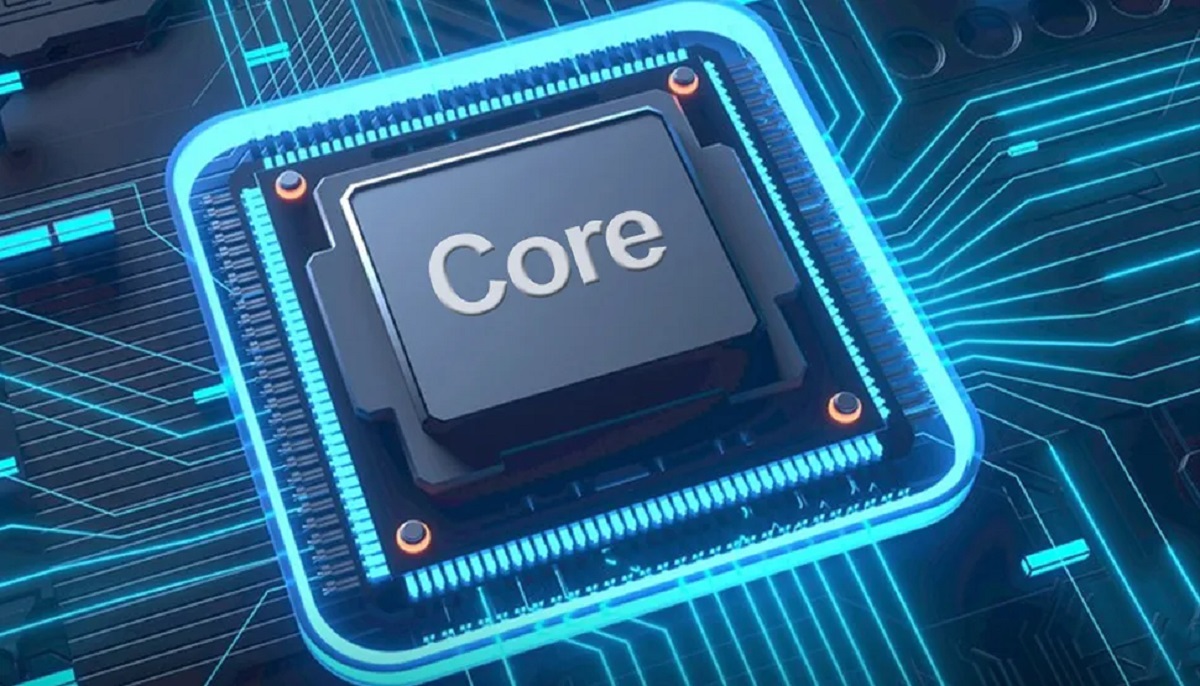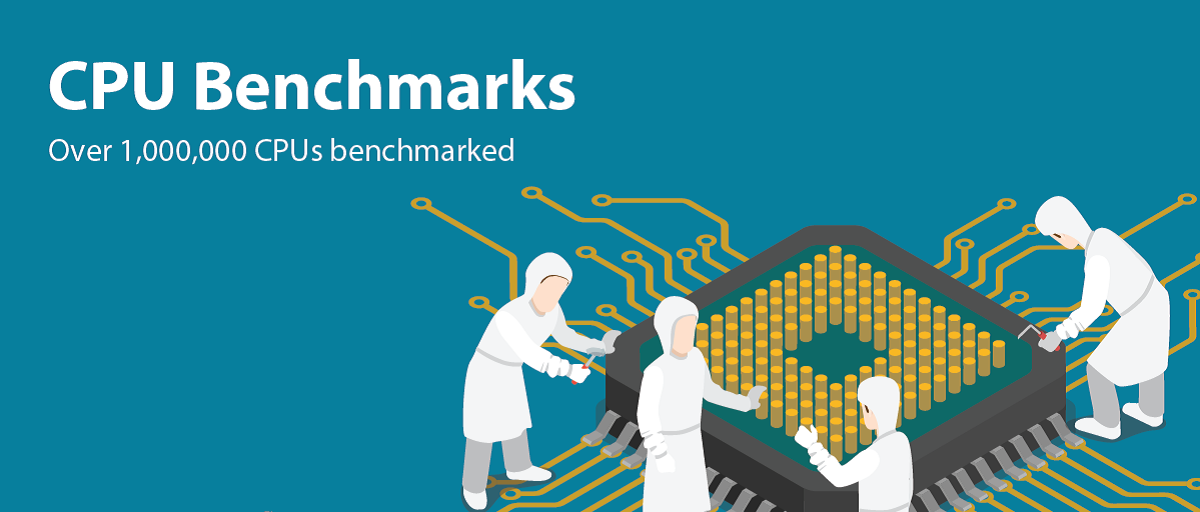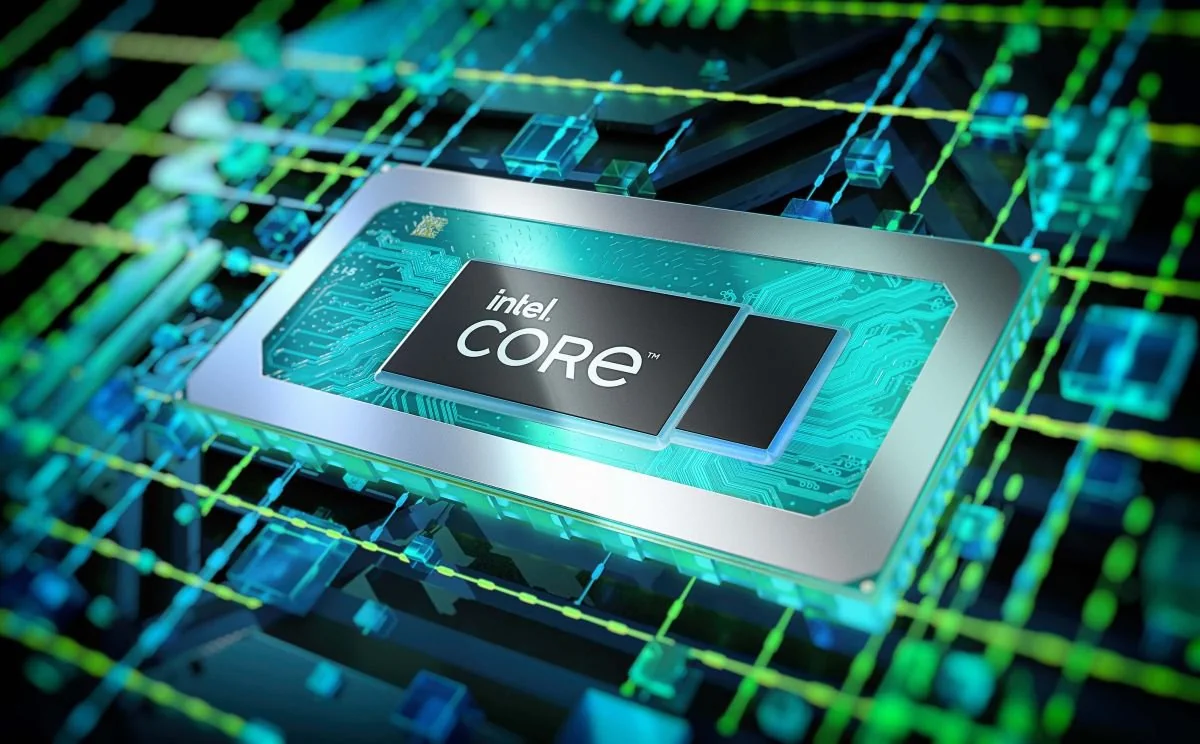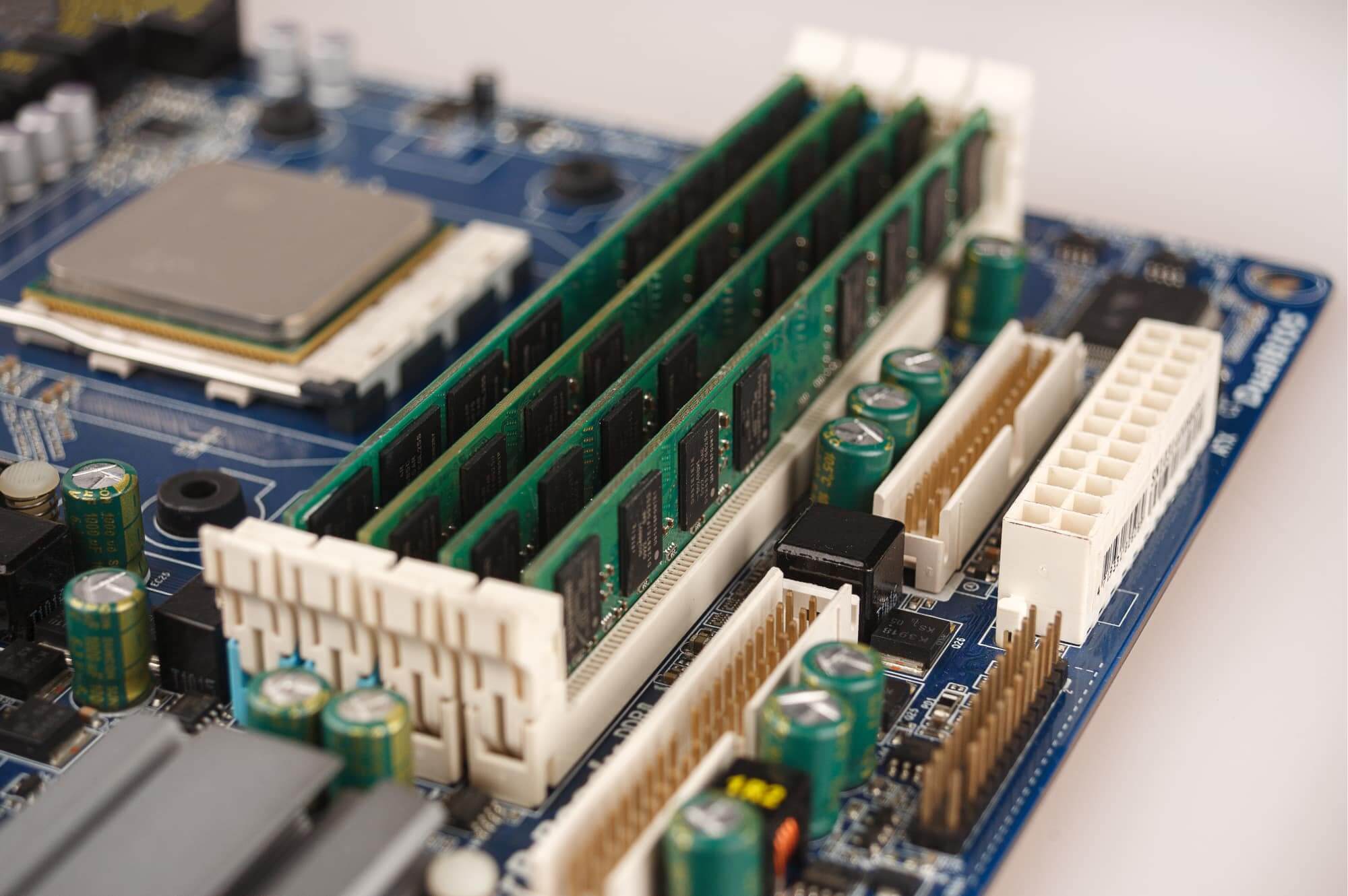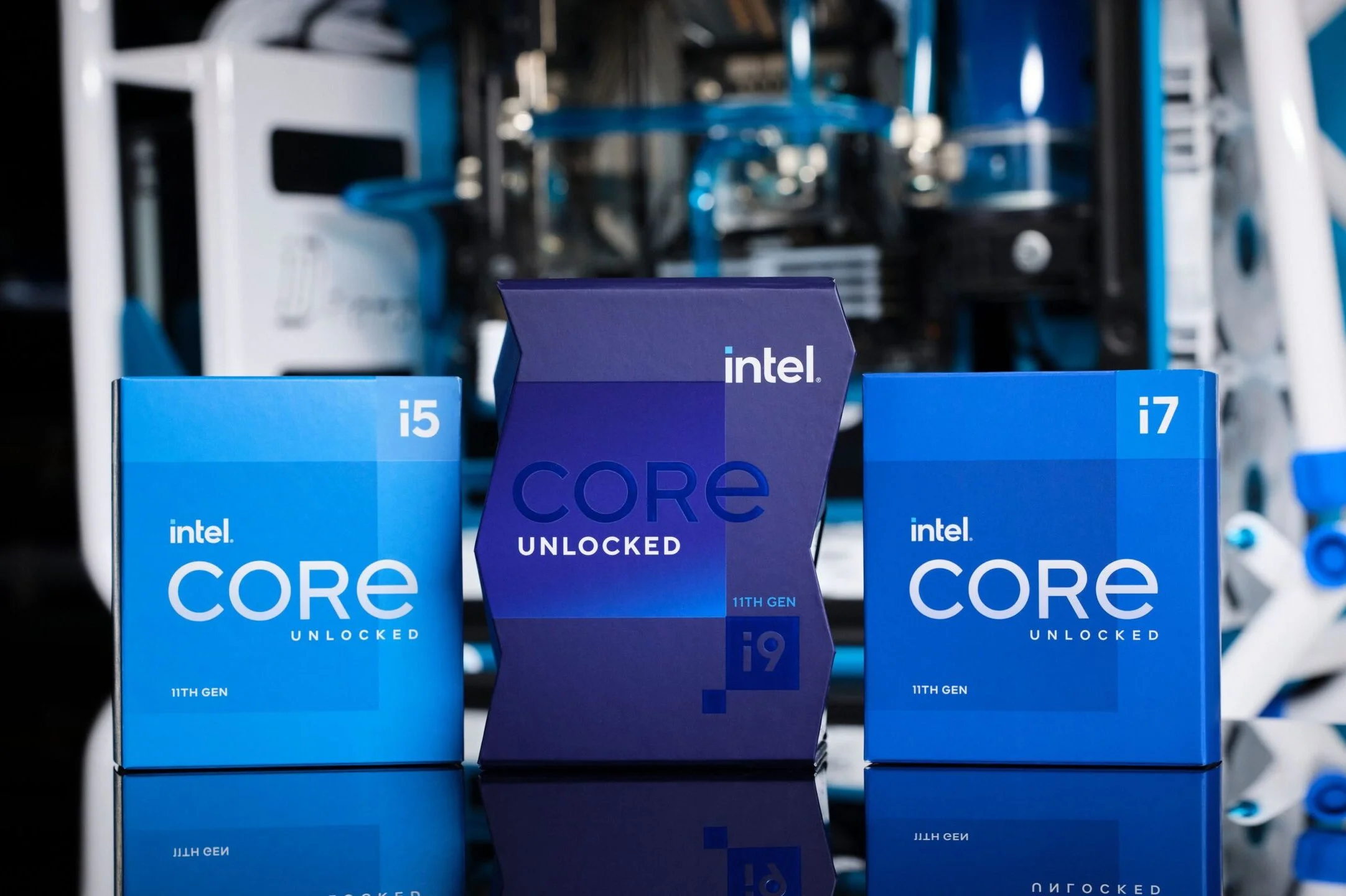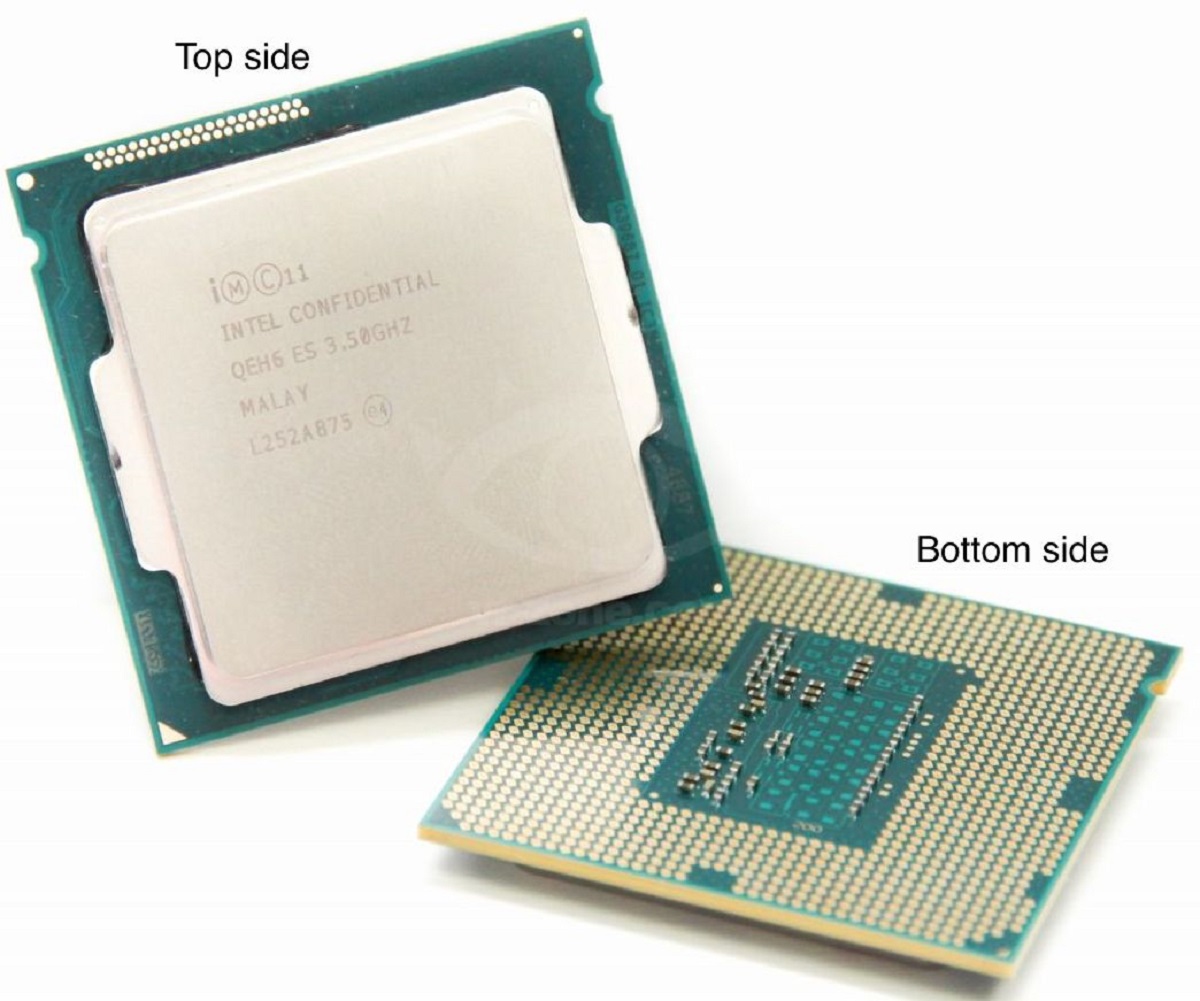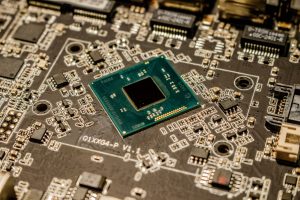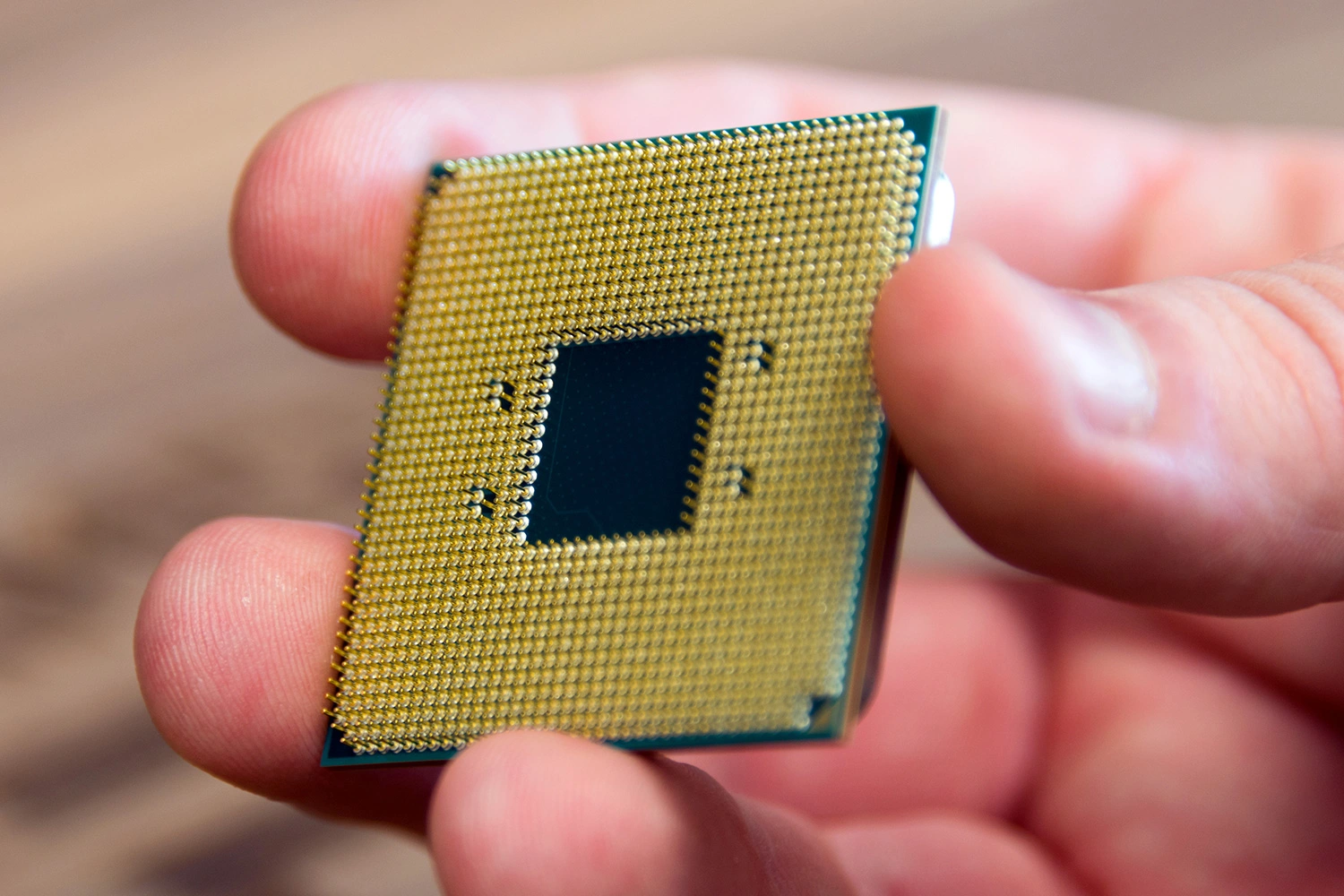Introduction
The central processing unit (CPU) is the brain of a computer. It performs the essential computations and controls the overall functioning of the system. Within the CPU, there is a crucial component known as the cores. Understanding what cores are and how they work is essential for anyone looking to dig deeper into computer architecture.
In simple terms, a CPU can be thought of as a single brain, while the cores are its active neurons. The more cores a CPU has, the more parallel tasks it can handle simultaneously. This parallel processing capability significantly impacts the overall performance and efficiency of the CPU.
In this article, we will explore the concept of CPU cores and their significance in computer systems. We will delve into how cores work, the benefits of multiple cores, different types of CPUs, and factors to consider when choosing a CPU with multiple cores.
So, if you’ve ever wondered about the inner workings of a CPU and what makes some computers faster than others, keep reading to uncover the fascinating world of cores in a CPU.
What is a CPU?
A CPU, or central processing unit, is the primary component of a computer responsible for executing instructions and performing calculations. It acts as the brain of the computer, processing data and controlling the various hardware and software components.
CPU architecture has evolved significantly over the years, becoming more powerful and efficient. Modern CPUs can handle complex tasks, ranging from simple arithmetic calculations to running sophisticated software applications and performing resource-intensive tasks like video editing or running virtual machines.
The CPU consists of multiple components, including the arithmetic logic unit (ALU), control unit, cache, and registers. These components work together to fetch, decode, execute, and store instructions and data. The CPU communicates with other hardware components through buses, enabling data transfer and interaction.
Clock speed, measured in gigahertz (GHz), is an important characteristic of a CPU. It determines the number of instructions the CPU can process per second. A higher clock speed generally results in faster processing, although other factors like the number of cores and cache size also influence overall performance.
Traditionally, CPUs featured a single core, capable of handling one instruction or task at a time. However, advancements in technology led to the development of CPUs with multiple cores, allowing for parallel processing.
Overall, the CPU plays a crucial role in computer performance and is a defining factor in the speed and efficiency of a system. Understanding the basics of a CPU is essential for making informed decisions when selecting computer hardware and optimizing system performance.
What are cores in a CPU?
In the context of CPUs, a core refers to an independent processing unit within the CPU. It can execute instructions, perform calculations, and run tasks independently of other cores in the CPU. Simply put, the more cores a CPU has, the more tasks it can handle simultaneously, leading to improved multitasking capabilities and better overall performance.
Each core within a CPU consists of its own ALU, control unit, and cache. This enables them to function as separate processing units, executing instructions in parallel. Cores can work together to divide the workload and process tasks simultaneously, resulting in faster data processing and improved system responsiveness.
The concept of multiple cores stems from the need for efficient and parallel processing. With advancements in technology, the focus shifted from increasing the clock speed of CPUs to incorporating multiple cores. While increasing clock speeds provided performance improvements initially, it eventually became limited by power consumption and heat generation. Alternatively, adding more cores allows for better utilization of resources and improved efficiency.
It’s important to note that the number of cores in a CPU does not always directly translate to better performance in all applications. While some software programs are designed to take advantage of multiple cores and parallel processing, others may only utilize a single core. Additionally, the software’s efficiency and the specific tasks being performed also play a role in determining the impact of multiple cores on performance.
With the rise of multi-threaded applications and the increasing demand for multitasking capabilities in various fields such as gaming, video editing, scientific simulations, and virtualization, CPUs with multiple cores have become increasingly common.
Now that we have a basic understanding of what cores are in a CPU and how they enable parallel processing, let’s take a closer look at how these cores work in the next section.
How do cores work?
CPU cores utilize a technique called multithreading to achieve parallel processing. Multithreading allows multiple threads, or sets of instructions, to be executed simultaneously on separate cores. This means that the CPU can work on multiple tasks simultaneously, resulting in improved efficiency and performance.
Each core in a CPU is equipped with its own set of resources, including registers, cache, and execution units. When a program or application is run, the CPU divides the tasks into smaller threads, which are then assigned to available cores for processing. These threads can be executed independently and in parallel, allowing for increased throughput and faster task completion.
There are two main types of multithreading: symmetric multiprocessing (SMP) and simultaneous multithreading (SMT). SMP, also known as hardware multithreading, allows each core to work on a separate thread concurrently. This approach is particularly effective for tasks that can be easily divided into separate threads with little need for communication or coordination between them.
On the other hand, SMT, also known as hyper-threading, allows each core to work on multiple threads simultaneously by sharing its resources. This technique utilizes the concept of “virtual cores” to enable better utilization of resources. With SMT, a single core can handle two or more threads, improving efficiency and performance in scenarios where tasks require frequent access to shared resources or exhibit frequent pauses.
By operating in parallel, CPU cores can handle more tasks, reduce processing times, and improve the overall responsiveness of the system. However, it is important to note that the benefits of multiple cores are most noticeable when running multi-threaded applications that are specifically designed to take advantage of parallel processing.
While cores work independently, the CPU as a whole orchestrates their operations. It manages the allocation of tasks to available cores, ensures efficient resource utilization, and synchronizes the execution of threads. This coordination ensures that the tasks are executed in the most efficient manner possible.
Overall, the implementation of multiple cores in CPUs has revolutionized modern computing by enabling improved multitasking capabilities and enhanced processing power. With an understanding of how cores work, we can now explore the benefits of having multiple cores in a CPU.
Benefits of multiple cores
Having multiple cores in a CPU offers several advantages in terms of performance, efficiency, and multitasking capabilities. Let’s explore the key benefits of having multiple cores:
1. Improved multitasking: With multiple cores, the CPU can handle multiple tasks simultaneously. This enables smoother multitasking, allowing you to run demanding applications, perform resource-intensive tasks, and switch between programs without experiencing significant lags or slowdowns.
2. Enhanced parallel processing: Each core can independently execute instructions and perform calculations. This parallel processing capability allows for faster data processing, complex computations, and the simultaneous execution of multiple threads or processes.
3. Increased throughput: Multiple cores enable better resource utilization, resulting in increased throughput or the amount of work that can be completed within a given time frame. Tasks can be distributed across cores, minimizing bottlenecks and optimizing the overall system performance.
4. Improved performance in multi-threaded applications: Software applications that are designed to take advantage of multiple threads can greatly benefit from multiple cores. These applications can divide their workload into smaller threads that can be executed in parallel, resulting in faster processing times and improved performance.
5. Efficient utilization of resources: With multiple cores, the workload can be distributed across available resources, reducing resource contention and improving efficiency. This means that different tasks can be assigned to separate cores, ensuring optimal utilization of processing power, cache, and other resources.
6. Reduced latency and increased responsiveness: Multiple cores enable faster response times, reducing latency and improving the overall responsiveness of the system. This is particularly beneficial in scenarios where real-time interactions, such as gaming or live video streaming, require immediate processing and quick response times.
7. Future-proofing: As software applications continue to evolve and become more multi-threaded, having a CPU with multiple cores ensures compatibility with the latest software and technologies. Investing in a multi-core CPU can provide longevity and support for upcoming applications, making it a future-proof choice.
While multiple cores offer significant benefits, it’s important to note that the performance gains are highly dependent on the specific applications being used. Some applications may not be optimized for parallel processing or may only utilize a limited number of cores. Therefore, it’s crucial to consider the specific workloads and software requirements when selecting a CPU with multiple cores.
In the next section, we will explore the different types of CPUs available and their respective core counts to help you make an informed decision.
Different types of CPUs and their core counts
Central processing units (CPUs) come in various types, each designed for specific purposes and varying core counts. Let’s explore some of the different types of CPUs and their associated core counts:
1. Single-core CPUs: Older CPUs typically feature a single core, capable of executing one instruction or task at a time. While these CPUs are limited in terms of multitasking capabilities, they can still handle basic computing tasks and lighter workloads.
2. Dual-core CPUs: Dual-core CPUs contain two independent processing cores, allowing for improved multitasking and parallel execution of tasks. They excel in handling basic productivity tasks, web browsing, and multimedia playback.
3. Quad-core CPUs: Quad-core CPUs feature four cores, effectively doubling the processing power of dual-core CPUs. They are especially suited for tasks that require higher performance, such as video editing, 3D rendering, gaming, and running multiple applications simultaneously.
4. Hexa-core and octa-core CPUs: Hexa-core CPUs have six cores, while octa-core CPUs have eight cores. These CPUs are built for demanding applications, such as professional video editing, virtualization, and heavy multitasking. They provide excellent performance and responsiveness even under heavy workloads.
5. High-core count CPUs: In recent years, CPUs with even higher core counts have emerged. These CPUs, often found in server-grade systems, can have 12, 16, 32, or even more cores. They are designed for tasks that require extensive parallel processing, like data servers, scientific simulations, and complex data analysis.
It’s worth noting that the number of cores is not the only determinant of a CPU’s performance. Other factors, such as clock speed, cache size, and architecture, also play essential roles in determining overall processing power.
When choosing a CPU, consider the specific tasks you intend to perform. If you mainly use your computer for basic productivity, a dual-core or quad-core CPU should suffice. However, if you engage in resource-intensive tasks like video editing or gaming, opting for a higher core count CPU will provide a more seamless experience.
Additionally, keep in mind that software optimization plays a crucial role. Not all applications are designed to fully utilize multiple cores. It’s essential to ensure that the software you use benefits from multiple cores to maximize performance and efficiency.
In the next section, we will discuss important factors to consider when choosing a CPU with multiple cores.
Factors to consider when choosing a CPU with multiple cores
When selecting a CPU with multiple cores, there are several factors to consider to ensure optimal performance and compatibility with your specific needs. Let’s explore some important factors to consider:
1. Workload: Evaluate the type of work you primarily do on your computer. Determine whether your tasks are more single-threaded or multi-threaded. If you mainly use software that is single-threaded and doesn’t benefit from multiple cores, investing in a higher core count CPU may not provide significant performance gains.
2. Clock speed: While the number of cores is important, the clock speed of each core also plays a crucial role in overall performance. Higher clock speeds generally result in faster single-threaded performance. Finding the right balance between core count and clock speed is crucial depending on the workload you typically engage in.
3. Cache size: Consider the cache size of the CPU. Larger cache sizes can improve performance by reducing the time required to access frequently used data. This can have a significant impact on tasks that involve frequent data retrieval and processing.
4. Power consumption: CPUs with more cores tend to consume more power. Consider the power requirements and efficiency of the CPU, especially if you have specific energy-saving requirements or if you are building a system that prioritizes power efficiency.
5. Budget: Determine your budget for the CPU. CPUs with higher core counts tend to be more expensive. Consider the value you are getting in terms of performance and the specific tasks you need the CPU to handle. Remember that the most expensive CPU isn’t always the best choice for your needs.
6. Compatibility: Ensure that the CPU you choose is compatible with your motherboard and other components in your system. Check the socket type and chipset compatibility to avoid any compatibility issues.
7. Future-proofing: Consider future software trends and advancements. If you anticipate using software that will benefit from multiple cores in the future, investing in a CPU with higher core counts can provide longevity and ensure your system remains compatible with upcoming applications.
8. Reviews and benchmarks: Read reviews and examine benchmark tests to get an idea of the CPU’s real-world performance and how it compares to other options. This will help you make an informed decision based on reliable data and user experiences.
By considering these factors, you can select a CPU with multiple cores that aligns with your specific requirements and offers the best performance for your intended tasks.
In the next section, we will wrap up this article with a brief summary of the concepts discussed.
Conclusion
In this article, we explored the concept of CPU cores and their significance in computer systems. We learned that CPU cores are independent processing units within a CPU that allow for parallel processing, enabling the CPU to handle multiple tasks simultaneously. Having multiple cores offers numerous benefits, including improved multitasking, enhanced parallel processing, increased throughput, and improved performance in multi-threaded applications.
We discussed different types of CPUs with varying core counts, ranging from single-core CPUs to high-core count CPUs used in server-grade systems. We emphasized the importance of considering factors such as workload, clock speed, cache size, power consumption, budget, compatibility, and future-proofing when choosing a CPU with multiple cores.
It’s crucial to select a CPU that aligns with your specific needs and provides the best balance of core count, clock speed, and other features within your budget. Some tasks may not benefit significantly from multiple cores, so it’s essential to consider the type of work you primarily perform on your computer.
Ultimately, the world of CPU cores is continuously evolving, with advancements driving improvements in performance and efficiency. As software applications become more multi-threaded, CPUs with multiple cores will play a vital role in meeting the demands of modern computing tasks.
With an understanding of CPU cores and the factors to consider when selecting a CPU, you are now equipped to make informed decisions when it comes to choosing a CPU that best suits your needs.







